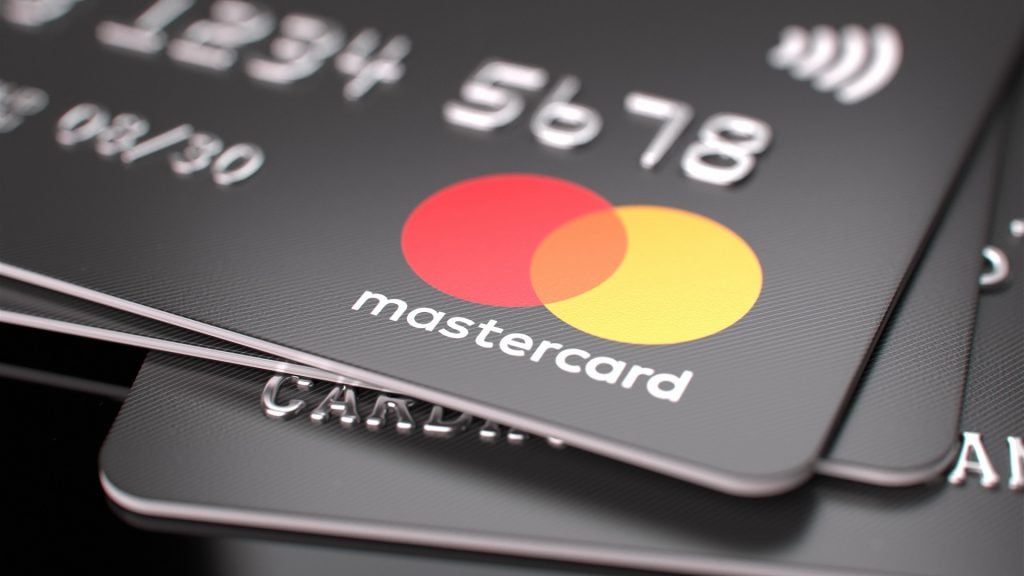Mastercard announces that it will introduce the tokenization of credit cards for online payments throughout Europe by 2030. Manually entering the 16-digit card number will then be a thing of the past.
Instead, according to CNBC, customers receive a digitized token, a randomly generated string of characters that replaces the card number. Mastercard is working with banks, fintechs, merchants and other partners to replace card capture with a single click on the payment button.
This should mean greater convenience and security for consumers: No more tedious password entry, but access to stored payment methods via biometrics such as fingerprints. In this way, stolen card data will become worthless, as only the tokens are still in circulation.
The change to “embedded payments”
“We are convinced that this vision will benefit shoppers, merchants and card issuers by 2030,” explains Valerie Nowak, Head of Product at Mastercard Europe. The company speaks of a historic shift towards “embedded payments” – integrated, seamless payment processes.
The payment process is invisibly integrated into devices and services: from smartwatches and voice assistants to cars. Mastercard cooperates with Mercedes, for example, whose customers can pay by fingerprint in the car at the factory service. The frictional losses of the purchase should be reduced to a minimum.
The main driver is the fight against fraud: Mastercard expects tokenization to drastically reduce online payment fraud, which according to studies could grow to over 90 billion dollars per year by 2028.
A vision of the future – but with question marks
Although the first tokenization solutions are already available, the complete replacement of card number entry is still in its infancy. It remains to be seen whether Mastercard’s ambitious vision will actually become reality by 2030. Critics complain that although tokenization is more secure, it does not eliminate all fraud risks. In addition, millions of consumers and retailers will have to adapt to the new processes.
















